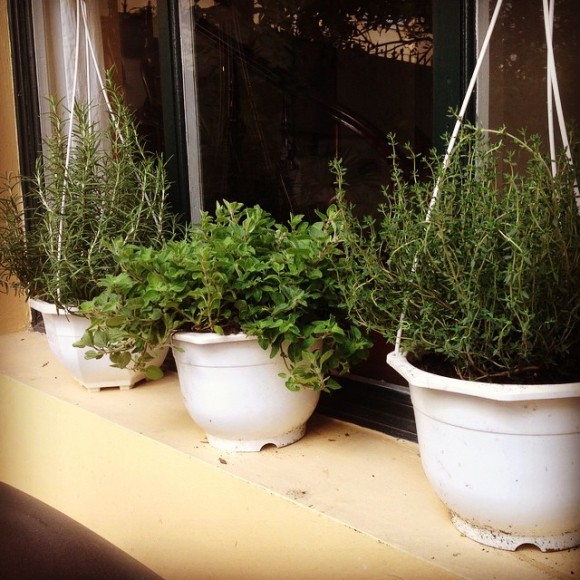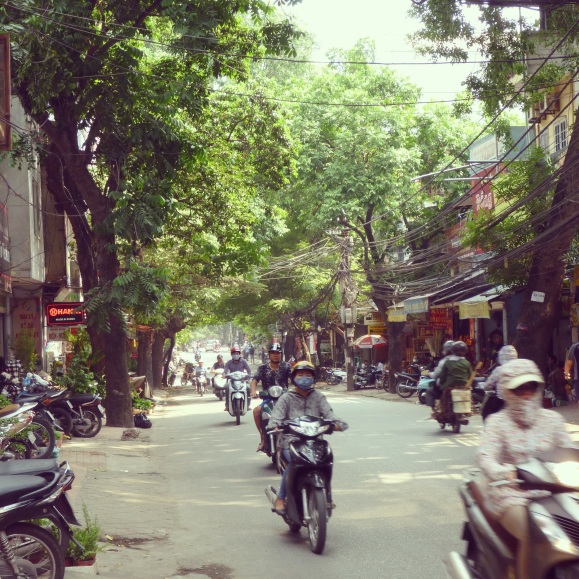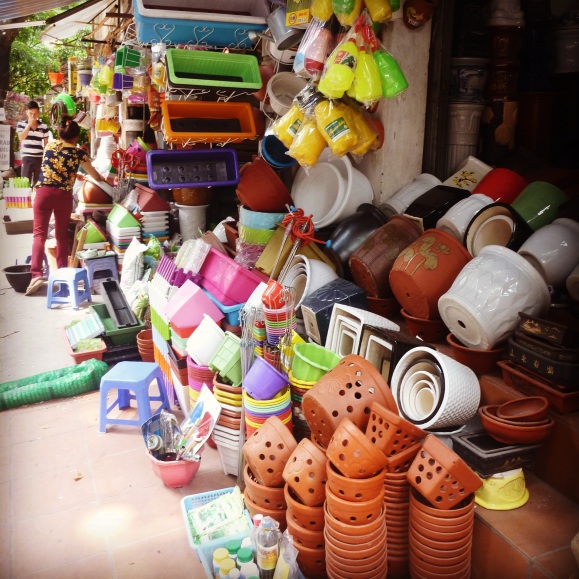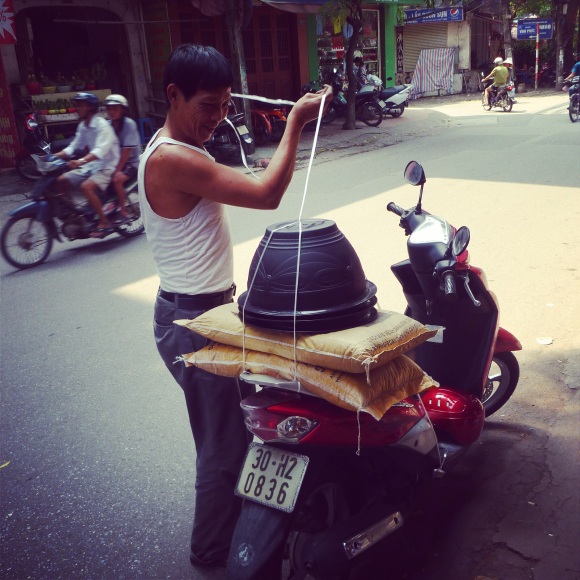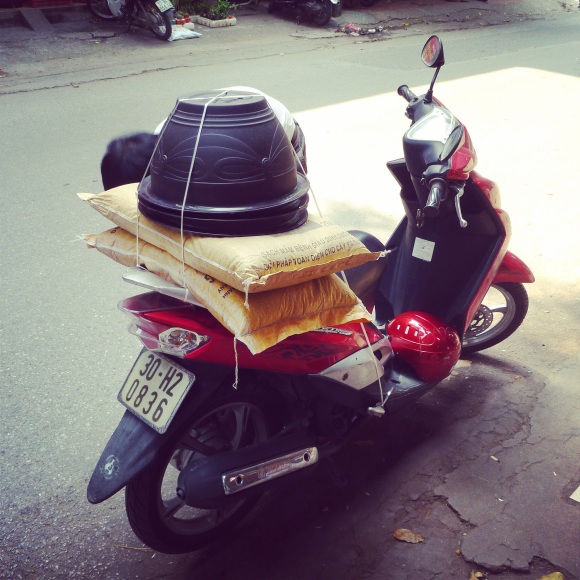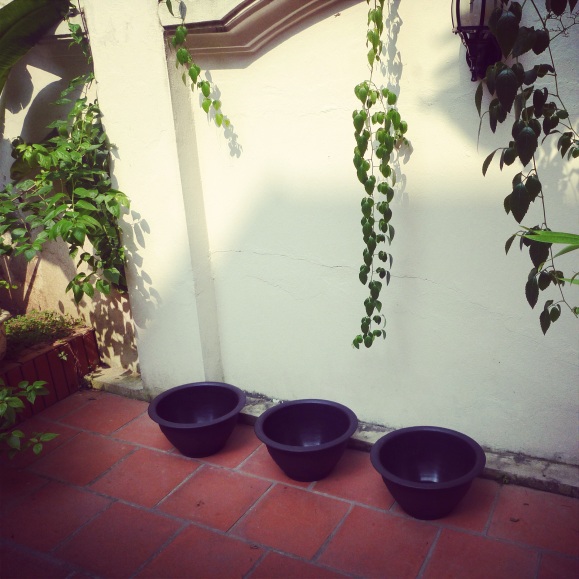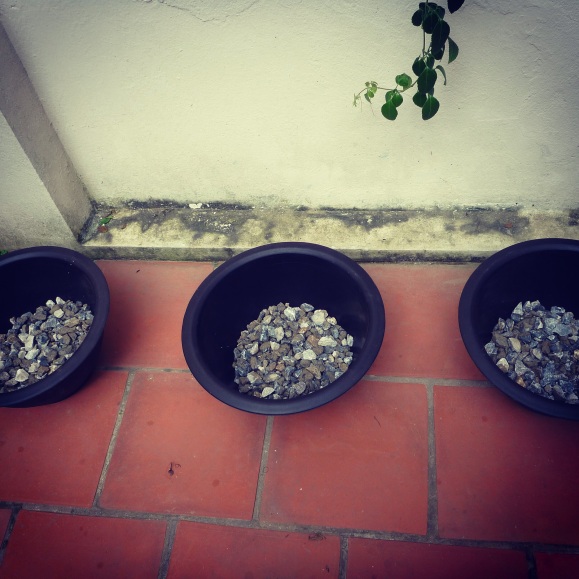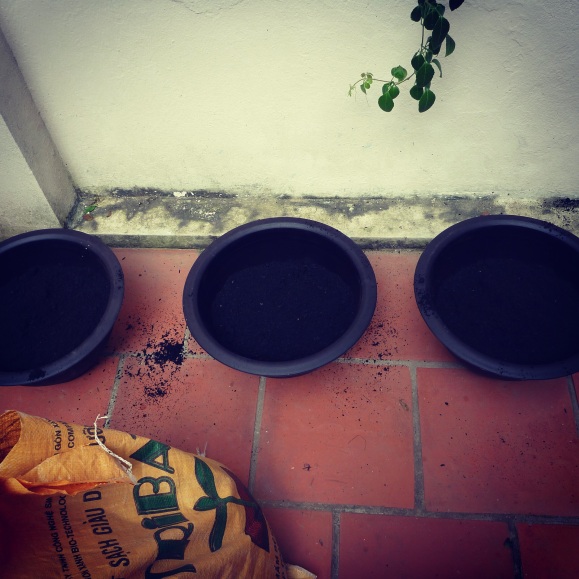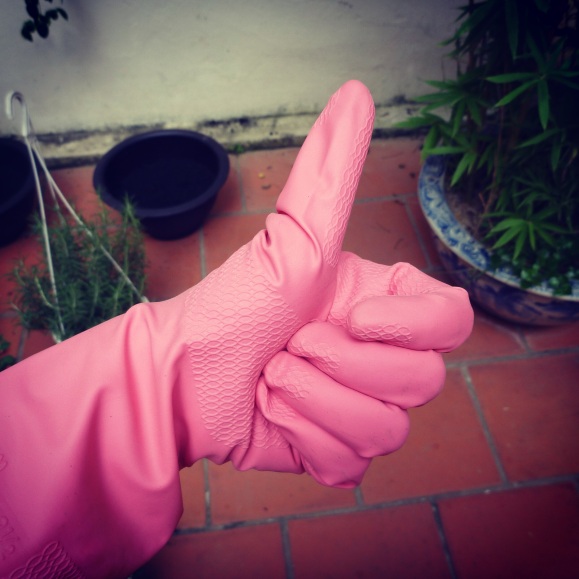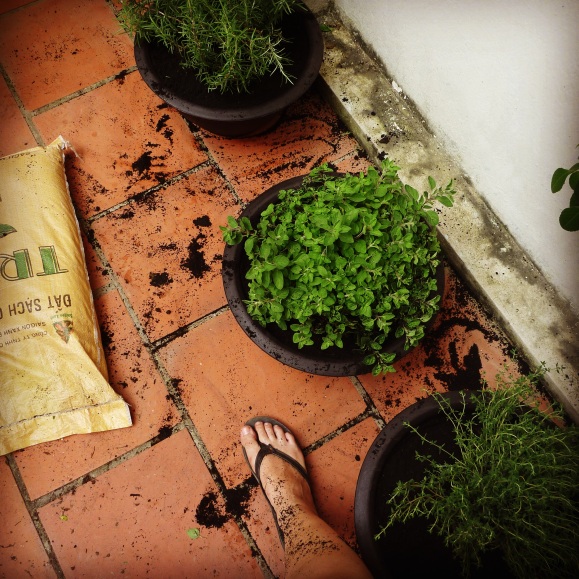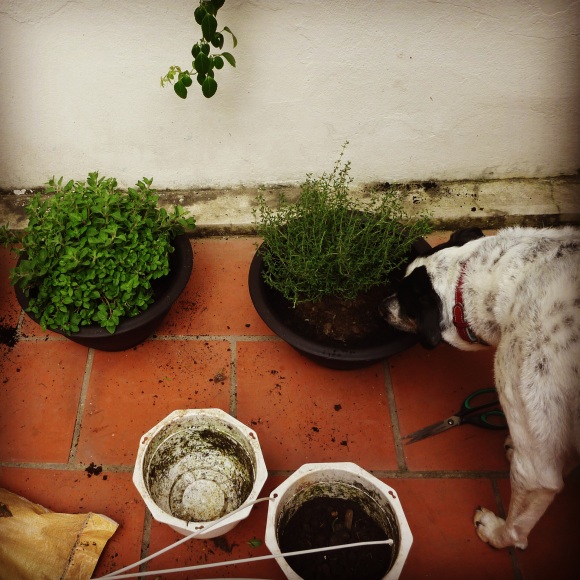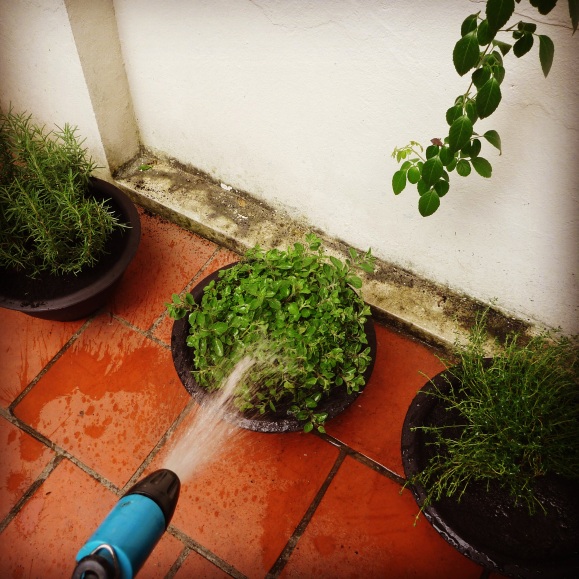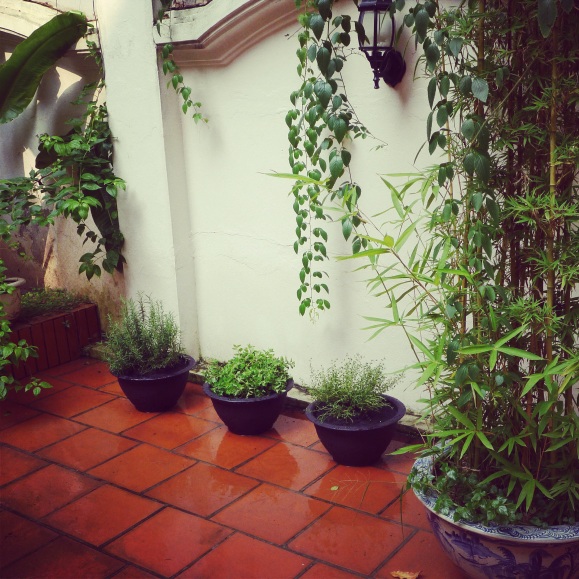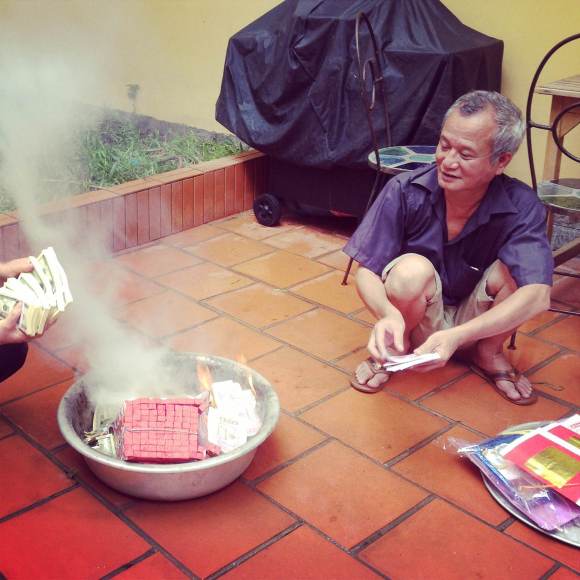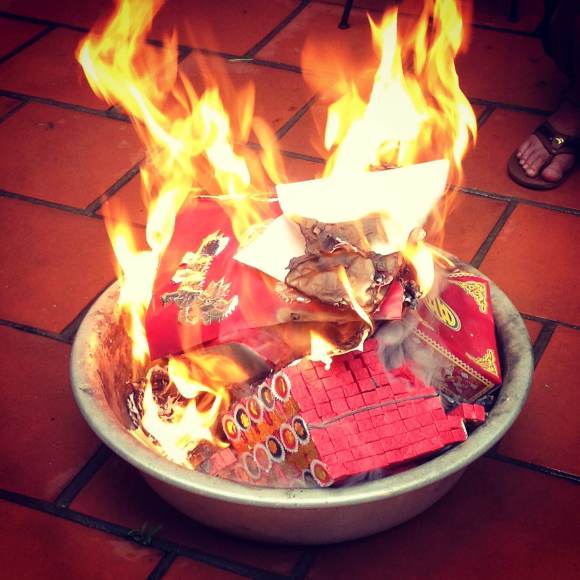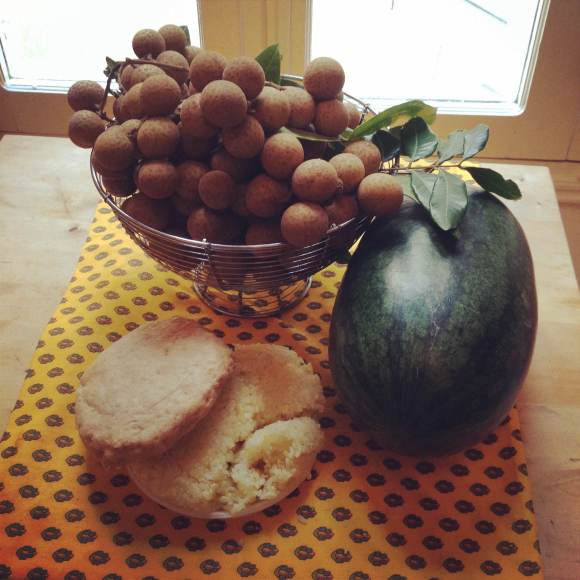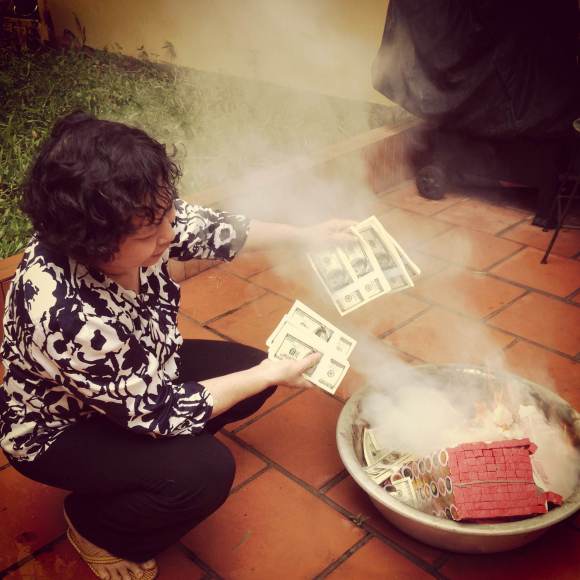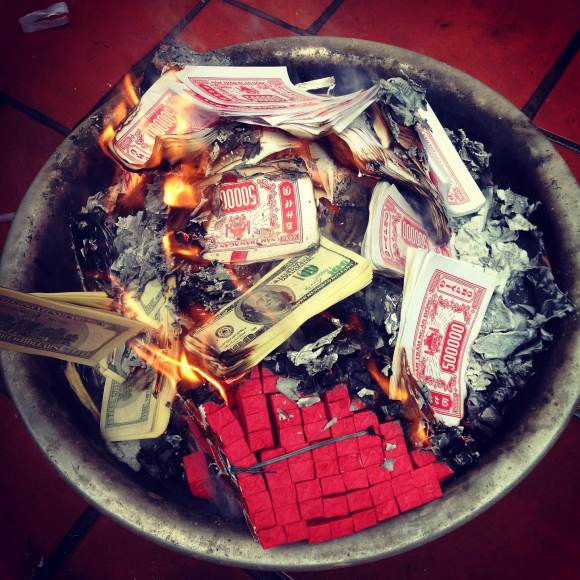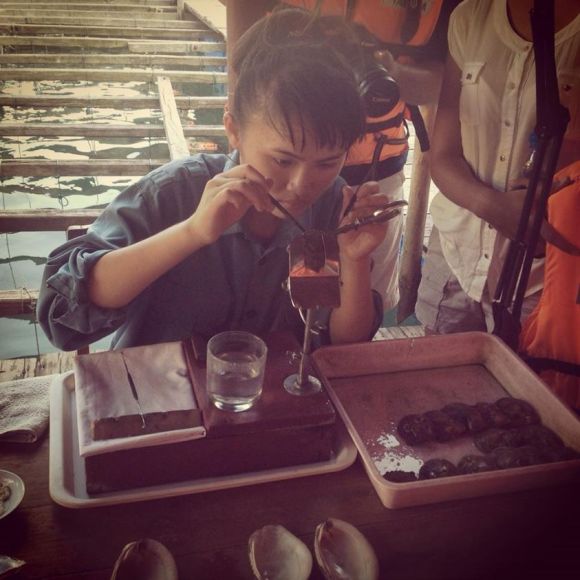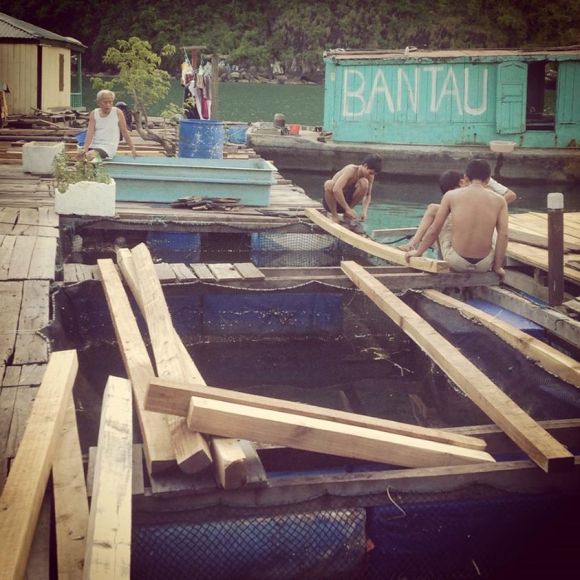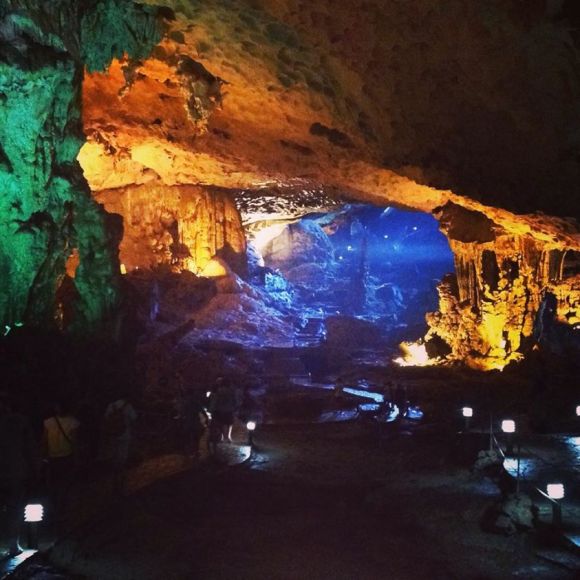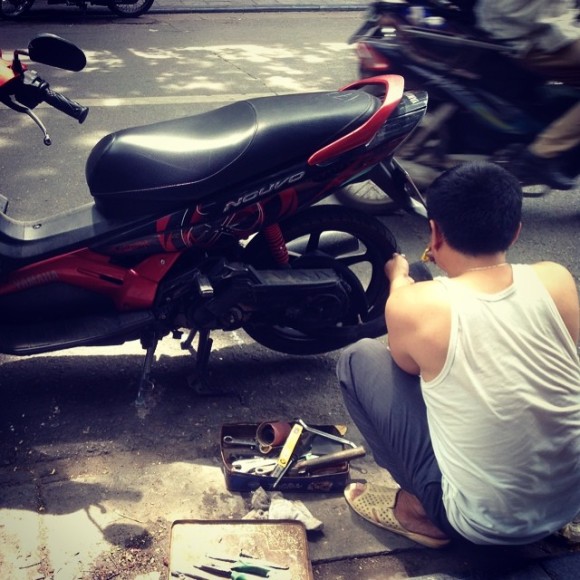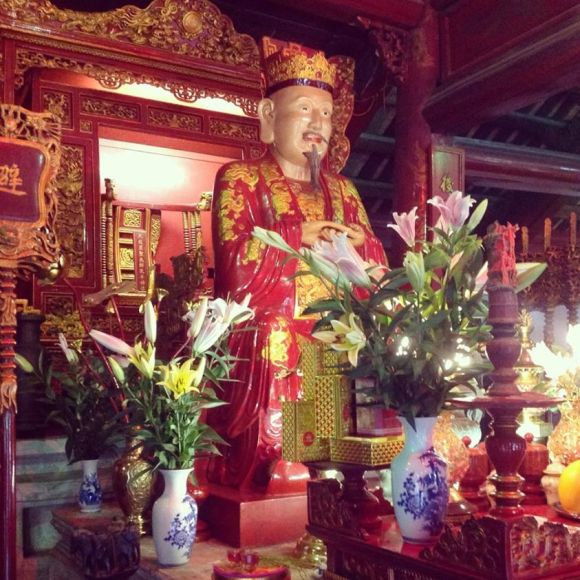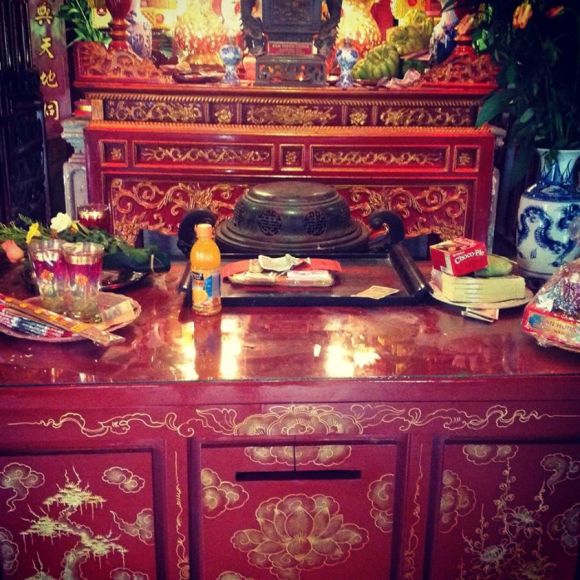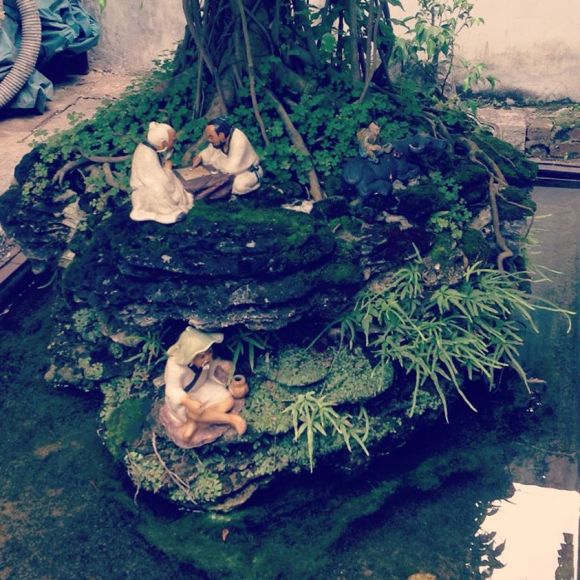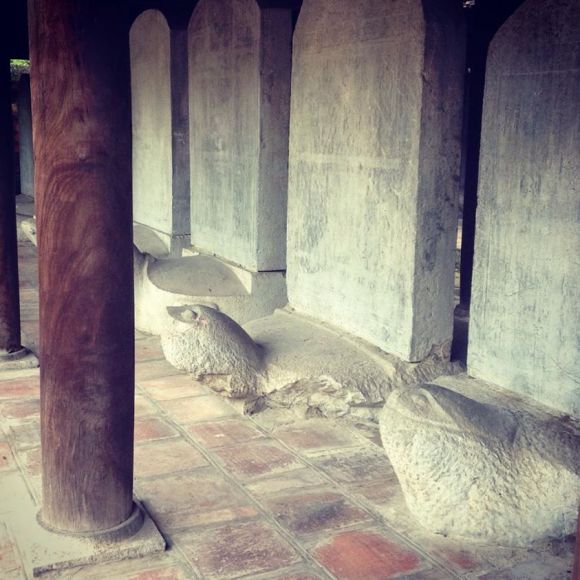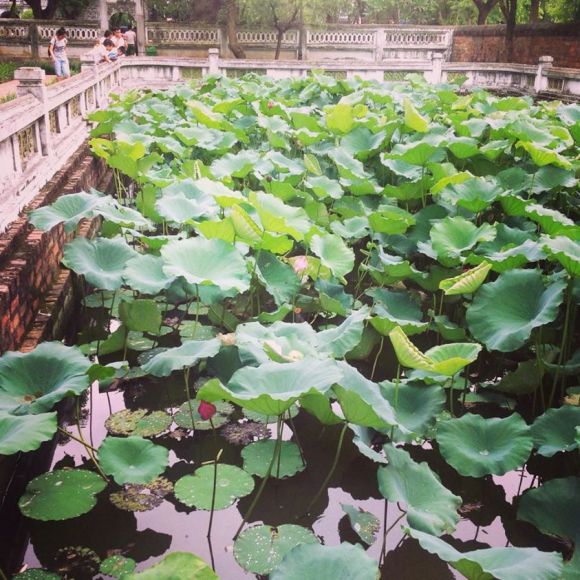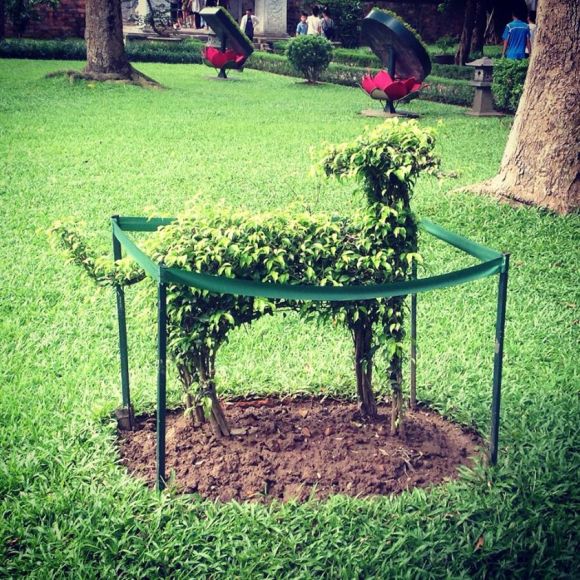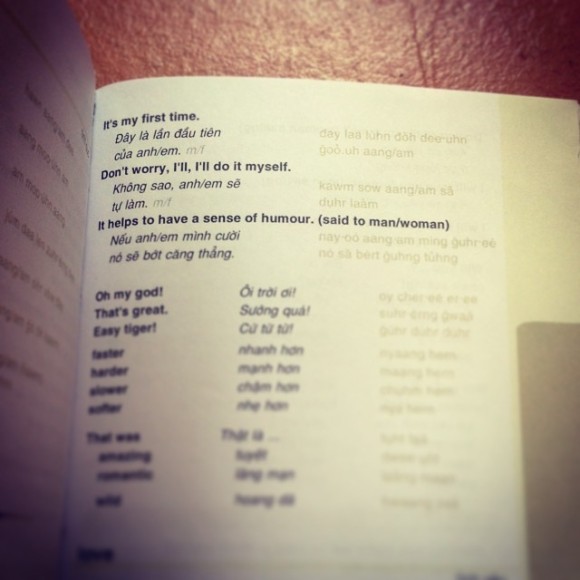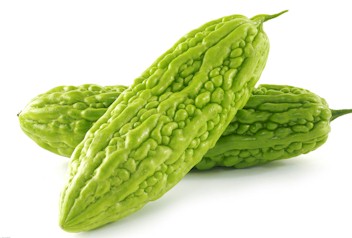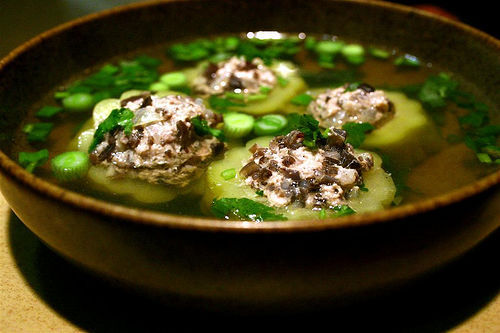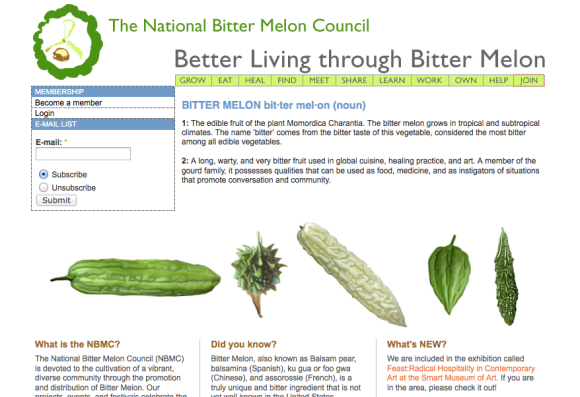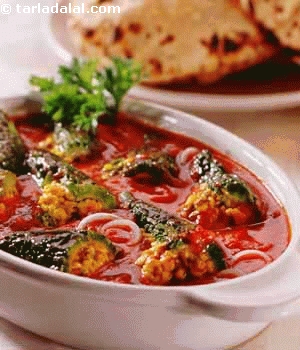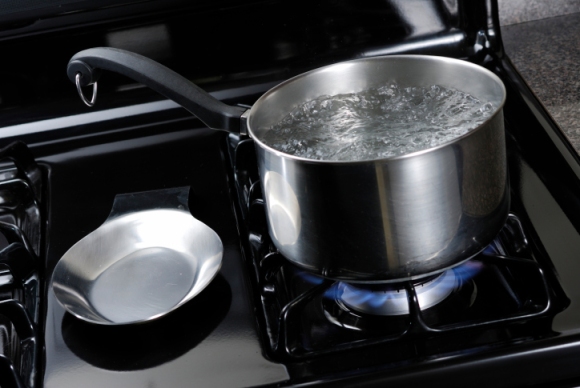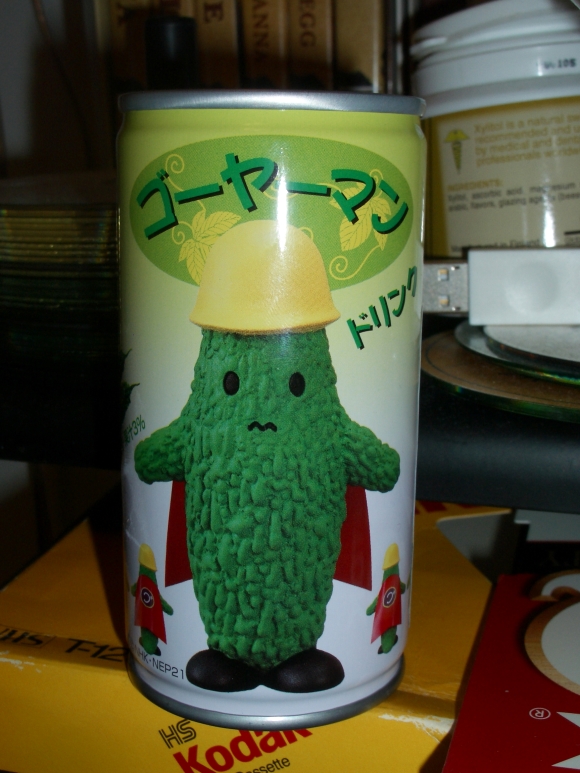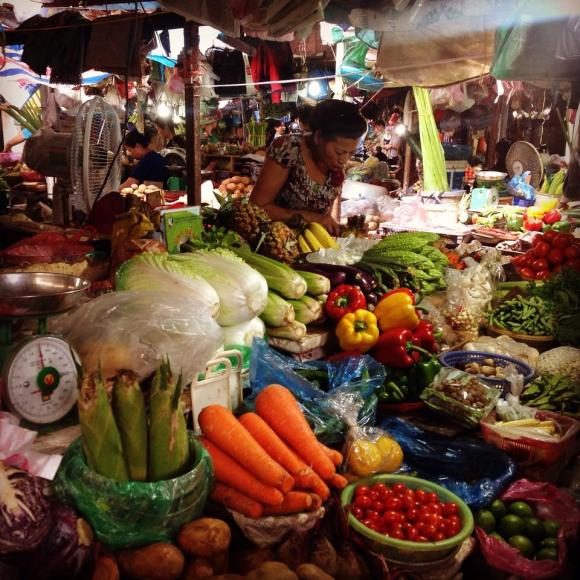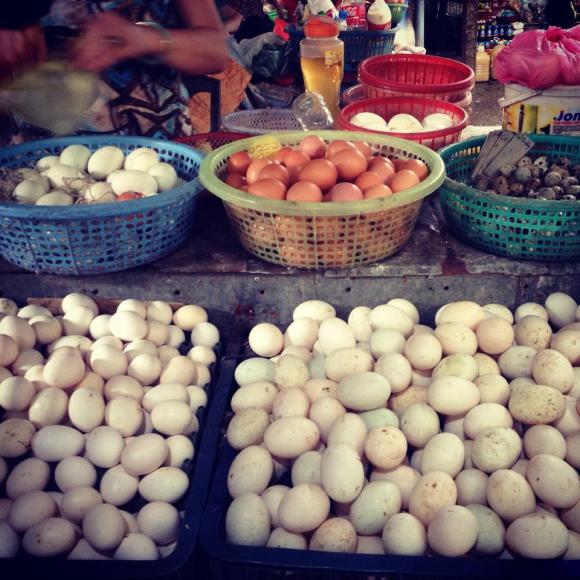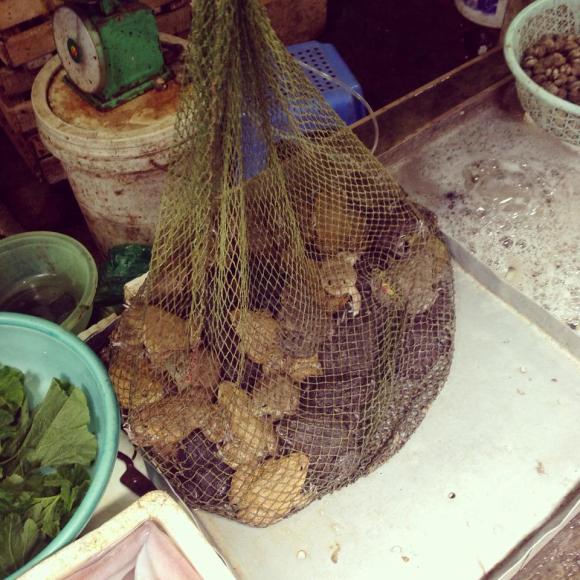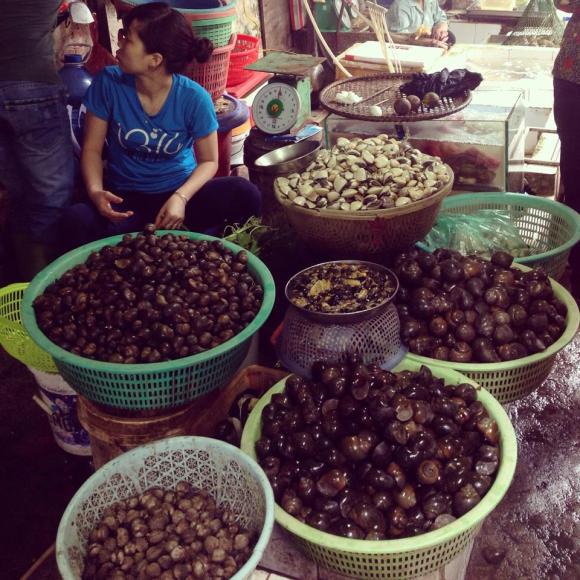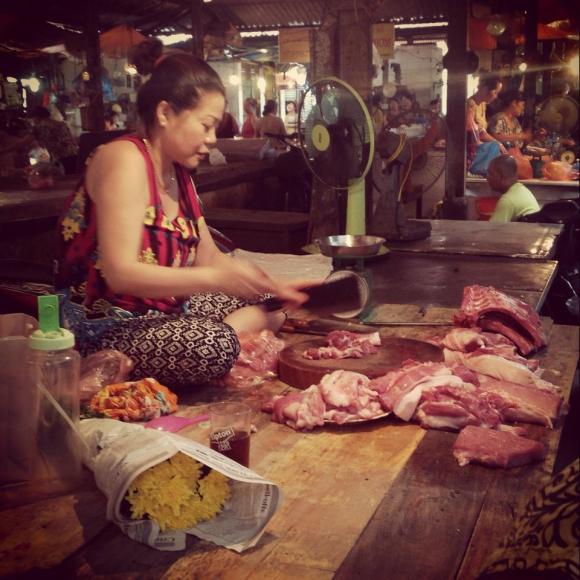As of late the weather here in Hanoi has cooled off a bit (a balmy “feels like 107 F”), I completed The Draft of The Other Thing I’m Writing, and my motorbike and I have become cautiously amicable. These developments have allowed me to embark upon a few projects around the house and explore the city on my own now that I have additional time and mobility and the ability to be outside without melting into a puddle of sweat.
My most recent endeavor has been figuring out how to start growing herbs at home. I have had only minimal experience with gardening and that was in Kenya where it is almost impossible for plants not to grow. The climate here is much trickier so I’m starting small with three potted herbs: rosemary, thyme, and oregano. (I decided to begin with seedlings as opposed to seeds and these were the only ones available. If I don’t kill them all immediately I will expand my herb empire.)
Much like figuring out how to buy a microwave, determining how to begin even a simple gardening project is more complicated than one might think. I had to ask several online forums and neighborhood acquaintances and then visit a handful of shops to track down the elusive seedlings. Finally my efforts were rewarded — but not cheaply. I had to order the seedlings a week in advance and each cost 250,000 VND (about $12). But beggars can’t be choosers.
The next step was to acquire the necessary tools. This required a cross-town trip to the urban district of Ba Đình. With my trusty Google Map and list of plant-related words in Vietnamese, I ventured downtown.
This is Hoàng Hoa Thám where plants and garden equipment are sold. Also sold on Hoàng Hoa Thám: puppies and kittens, decorative fish in fish tanks, carved wooden altars, and stuffed Anime dolls. What’s the connection here? Your guess is as good as mine.
I located one of the mythical garden shops — it wasn’t difficult to find. Like everything in Hanoi, it’s all a matter of knowing where to look.
With the aid of Google Translate, a lot of sign language, and my rudimentary vocabulary of numbers and very simple phrases, I managed to explain what I needed to buy. I asked if the purchases could be delivered (as most anything can be in Hanoi) but the shopkeeper reassured me that delivery wasn’t necessary. I could take it on my motorbike.
I was dubious.
Then this man appeared and proved me wrong.
He tied up the three pots and two bags of potting soil with twine (total cost: 240,000 VND, or less than the cost of one seedling), and I was on my way.
I drove back home and got to work. The first step was finding a place to put the pots. I read that most herbs need at least six hours of direct sunlight per day, but my patio is very shady so I had a bit of trouble figuring out what the best spot would be. I ended up temporarily settling on this area (you can see the sun has already passed by but it was past 2 pm at this point). Tomorrow I am going to keep an eye on the sunlight and move the pots if necessary. Yes, my plan for Friday morning is equivalent to watching grass grow. This is dedication, people.
Next step, according to The Internet: filling 1/3 of each pot with gravel to help with water drainage.
Step three: Potting soil.
Step four: Put on the gloves that you should have put on prior to handling a bunch of soil. Oops.
Crucial addendum to step four: The gloves must be pink and sized to fit tiny a Vietnamese woman.
Step five: Make a godawful mess while planting the seedlings. I have an uncanny ability to make simple processes much, much messier than they need to be (see: cooking, baking, eating, showering, putting on makeup, etc. etc. etc.). Now I have another “skill” to add to that list.
Step six: Clean up mess while dog suspiciously investigates the scene. Nothing gets by this canine.
Step seven: Water! Dog did not enjoy this step.
Final step: Step back and enjoy the fruits of your labor. Also you should probably take a shower, seeing that you’re covered in potting soil and sweating profusely. Or maybe that’s just me.
It remains to be seen whether A. this spot provides enough sun, B. my new friends survive my clumsiness, ignorance, and Hanoi’s tropical climate, and C. whether my dog will decide to eat or urinate on the new additions. Or both.
I’m keeping my green thumb crossed.

